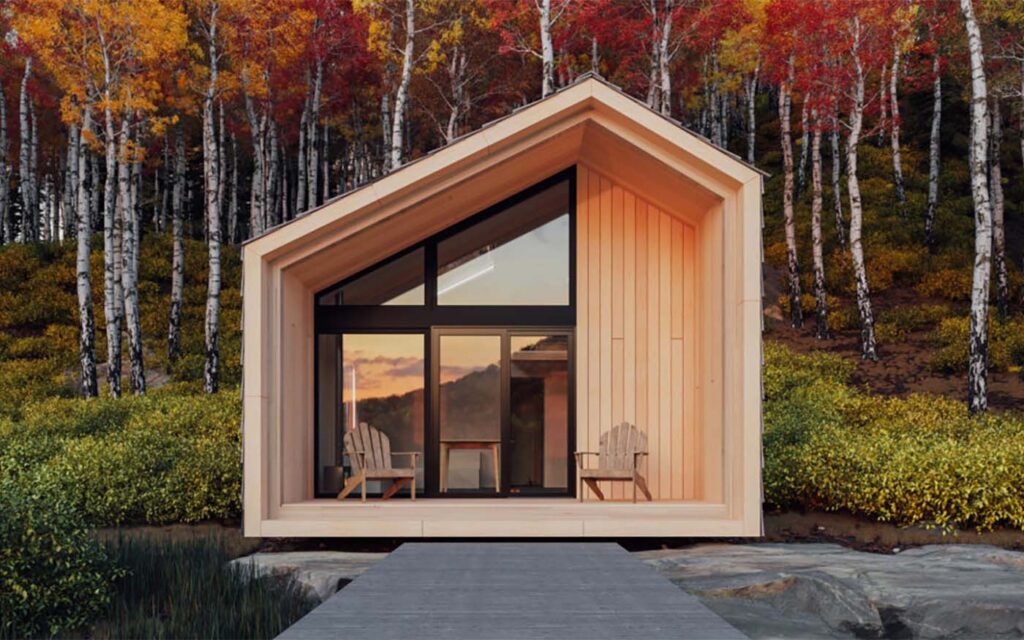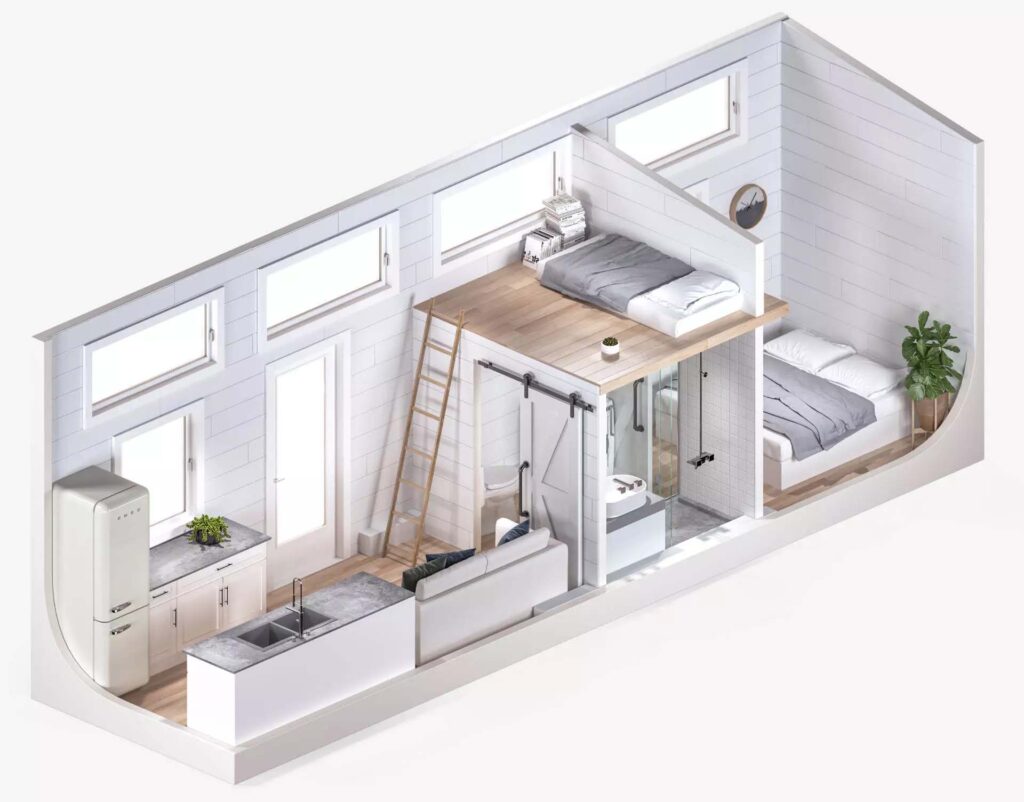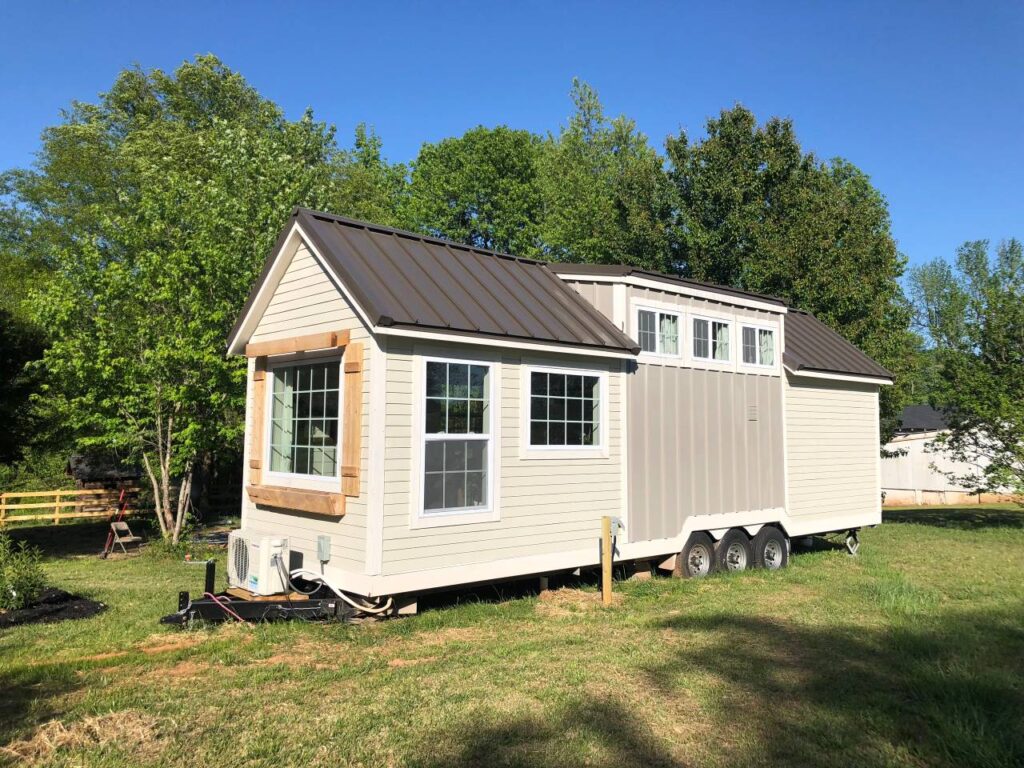
Tiny homes, or micro homes as they used to be known, have grown in popularity over the last 30 years. In the past, these movable residential spaces were really only used when families travelled large distances. However in the late 1990s, an emphasis on converting them into miniature and unique living spaces was made clear to the younger generations, which aided the movement to gain momentum. Tiny homes are most commonly a residential structure with a floor space under 500 square feet. Due to the confined space, they often utilise clever and efficient storage solutions and are decorated with functional and multi-purpose furniture such as stairs containing shelves or a sofa that converts into a small bed. These hacks help owners maximise their space as much as possible.

The main reasons for their success are that they are an affordable, eco-friendly, and often transportable home, that helps people downsize and lead a simpler way of life. Traditional houses can cost hundreds of thousands or even millions of pounds, whereas tiny homes can cost as little as £20,000. This difference in cost makes it an appealing option for first time buyers or people looking for a reason to live a more minimalistic lifestyle. Buyers also favour tiny homes due to their reduced environmental impact: from compostable toilets to reduced water intake, their eco-friendliness outweighs traditional house sustainability. Many tiny homes are built from materials such as reclaimed wood or recycled steel and use energy-efficient appliances, further reducing their carbon footprints. While some prefer their homes to have a solid foundation, these homes can be very attractive to those that enjoy travelling as there is an aspect of flexibility with these “houses on wheels”.

However, as with all types of residential living, there are drawbacks. One particular disadvantage that tends to deter buyers is the lack of space. Tiny homes are not ideal for larger families. Children, for example, might find it difficult growing up in such a confined space. There is also a significant lack of privacy for families living in tiny homes as often they are designed with large open floor plans to increase space, which results in a reduced number of walls, doors and rooms. This also means that there is limited entertainment space, which makes it more difficult for one to host. One of the main challenges that owners face is finding a suitable place to park them. Certain regions have zoning laws that restrict where tiny homes can be located and often prohibit the construction of them. Some places may also require permits which can be expensive and time consuming to obtain.
In the past, the functions of tiny homes have extended beyond residential and travelling. They have also been converted into temporary housing for displaced families in times of war or natural disaster, or even studios for artists and musicians. Following this precedent, new functions for tiny homes might lie in the future. Perhaps they might be used as an alternative to student accommodation, helping save campus space and student money, or as an alternative to nursing homes as they can be located closer to health care centres and can be adapted easily for the requirements of the older population. After considering all these possibilities, the question arises: Will the popularity of tiny homes plateau and their potential not extend any further than it already has, or are tiny homes the residences of the future?